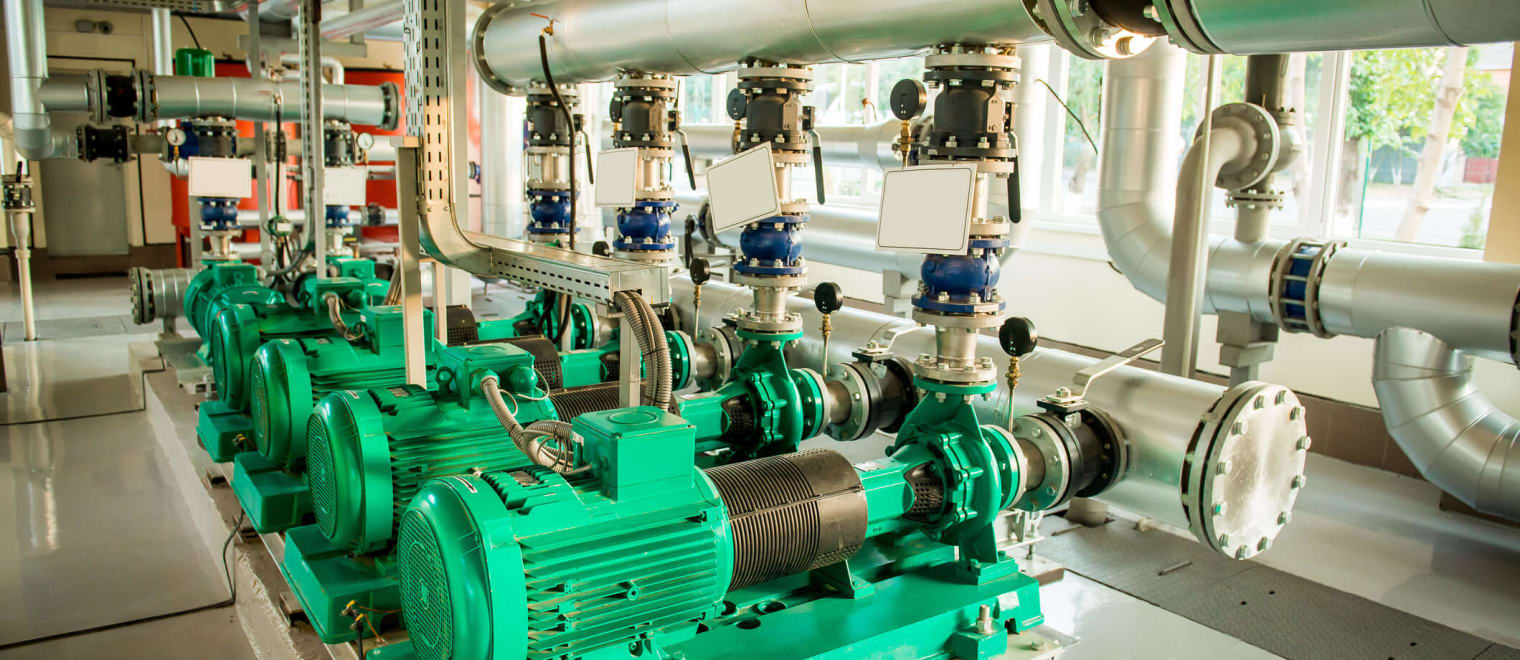This informal CPD article Jack-up floating floor systems, a viable acoustic solution? was provided by CDM Stravitec, engineering effective solutions for noise and vibration isolation systems since 1951.
Floating floor systems
Nowadays, floating floor systems are part of state-of-the-art modern building technology. They are a cost-effective and efficient option to improve the acoustical performance of our buildings and are commonly part of box-in-box systems installed in high-performance spaces.
A floating floor system can have three functions, or a combination thereof, depending on the final objective in the building design:
Airborne Noise Isolation
An increase of the airborne isolation properties of the floor structure. E.g. floors of mechanical equipment rooms, musical/ rehearsal spaces, recording studios, bowling alleys, etc.
Vibration Isolation
An increase of vibration isolation properties of the structural floor, supporting vibration generating machines. E.g.: floors underneath generators, air-handling units, transformers, pumps, and other building service equipment.
Impact Noise Isolation
An increase of the impact noise isolation properties of the floor structure. E.g. floors of rooftop bars, ballrooms, classrooms, hallways, etc.
What is a jack-up floating floor system?
As the name suggests, jack-up floating floors are insulation systems that use boxes embedded in the concrete slab that, once the concrete has cured, are lifted to create an air void and thus decouple the entire floating floor slab from the structural floor. The floating floor is supported only by the insulators in the boxes, which are steel springs or rubber pads. These systems are recommended when the transmission of sound, vibrations or shocks must be reduced.
Originally designed and used for insulating industrial equipment, jack-up systems are now widely used for isolating mechanical rooms and areas with a high acoustic requirement, as well as certain sports facilities.
Why jack-up floating floors?
1. Ensures that the floating floor is completely decoupled from the structural slab
Jack-up floating floors are a reliable way of creating an air cavity between the floating concrete floor and the supporting floor. These systems significantly reduce the risk of acoustic bridging between the two slabs, as any connection is broken when the floating floor is lifted and no debris can remain in the air cavity. Some of these systems have an extremely high load-bearing capacity, which on the one hand requires fewer support points and on the other allows for larger spans between the supports, with the interesting result that the system is more price competitive than is often thought.
2. Suitable for both passive and active noise isolation
An acoustic floating floor that uses jack-up boxes can be used to isolate noisy rooms, such as mechanical equipment rooms, from adjacent spaces, or can just be used to isolate a sensitive room from noise and vibrations coming from external sources. These forms of active and passive insulation make jack-up floating floors a value-added solution for any acoustic design.
3. The overall height of the system is independent of the thickness of the insulators, allowing for thin floating floor constructions
In a jack-up system, the spring or rubber pad is inside the metal box, so its thickness has little influence on the overall height of the system. Combined with the fact that it is a system without formwork, this solution enables the installation of an acoustic floating floor with a limited thickness. With a jack-up floating floor, the overall height can change without having to change the thickness of the steel spring or elastomer. This avoids the risk of increasing the system's natural frequency.
4. Accessible, Inspectable and Replaceable
There are jack-up floating floor systems that use easily accessible boxes that can be opened after installation. This type of system allows the customer to inspect, adjust and replace the springs or elastomers if necessary (e.g. changing load conditions).
5. No need for formwork
This type of floating floor is the only discrete support system that does not require lost formwork. Since the concrete is simply poured around the metal boxes and on a polyethylene sheet over the structural floor, no formwork is needed. By not using any formwork, the distance between the boxes is not dependent on the bending strength of the formwork panels and is therefore determined by the thickness of the suspended floor and the reinforcement mesh, as well as by the load-bearing capacity of the isolators themselves and the metal boxes they are located in. Additional point/linear loads on the floating floor can easily be accommodated by adding additional boxes.
6. Available with springs or elastomers
There are jack-up floating floor systems available with springs or elastomers as isolators with natural frequencies of 2.5Hz and 6Hz respectively. The selection of the type of isolator depends on the project requirements.
7. Easy to install and cost-effective
Jack-up floating floors are relatively easy to install, as they do not require adjustment in areas with unusual contours. Once the boxes have been installed according to the project guidelines, it is a matter of placing the reinforcement mesh and pouring the concrete. The concrete flows around the boxes and into all the corners, which saves a considerable amount of time during installation.
This type of floating floor has few components, making installation much quicker and reducing the risk of installation errors and costs associated with possible future repairs. Fewer parts and smaller volumes to transport also mean lower transport costs, which also reduces the environmental footprint.
8. Adjustable air void
Jack-up floating floors usually use steel or cast iron boxes that are embedded in the reinforced concrete and later lifted with the hardened concrete to create the required air cavity. This method of jacking not only reduces the risk of acoustic bridging, but also gives the customer maximum flexibility.
We hope this article was helpful. For more information from CDM Stravitec, please visit their CPD Member Directory page. Alternatively please visit the CPD Industry Hubs for more CPD articles, courses and events relevant to your Continuing Professional Development requirements.













